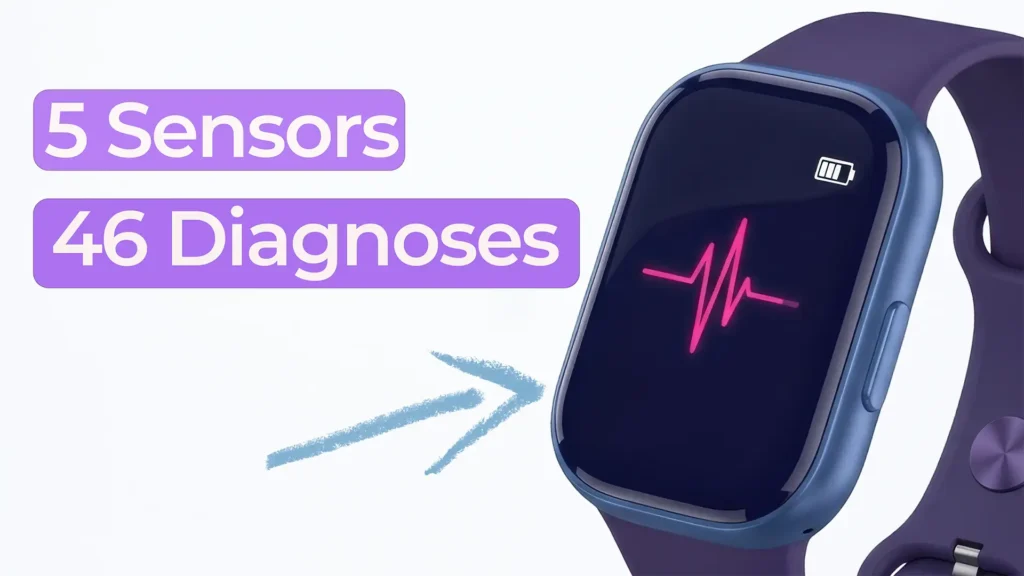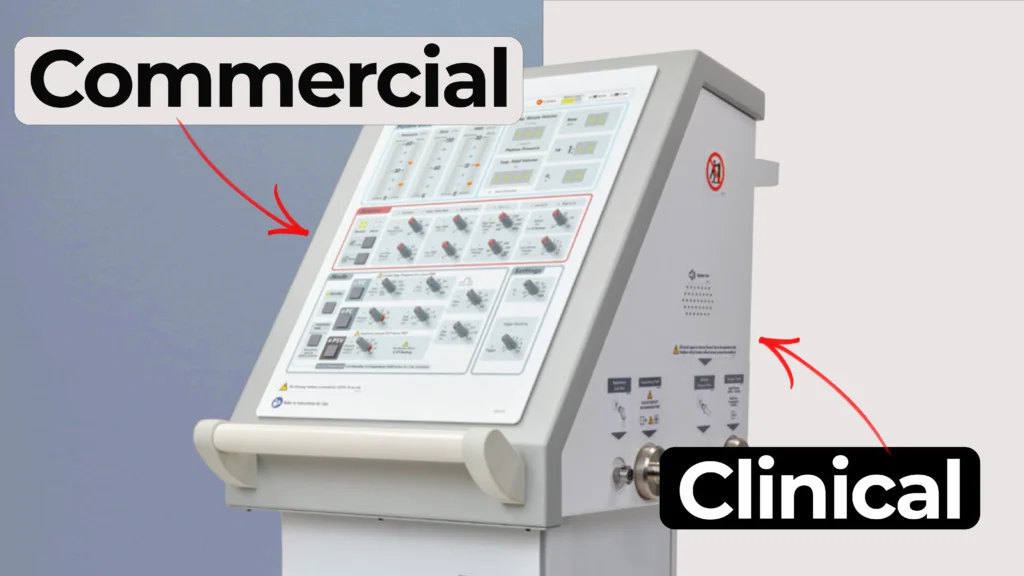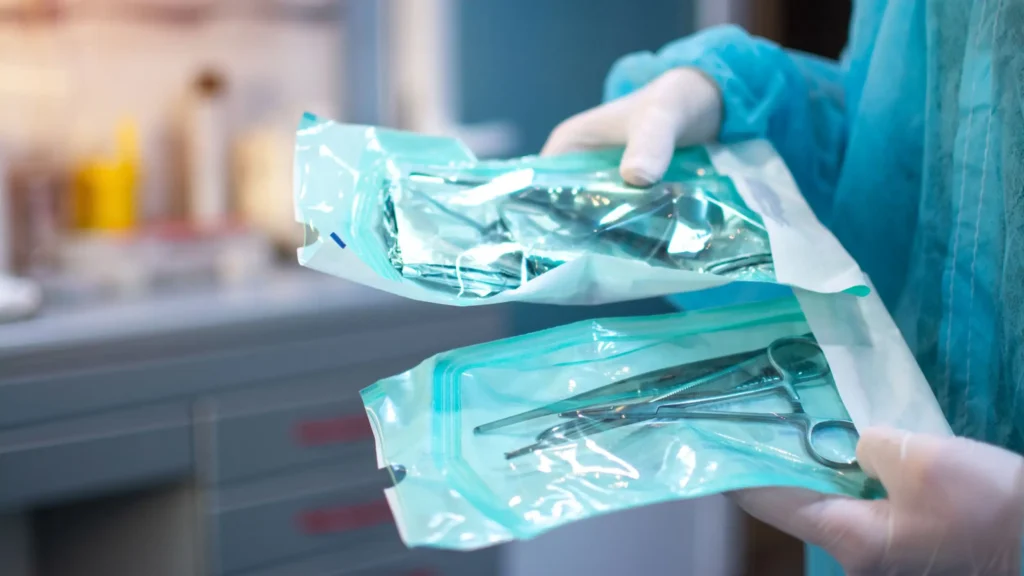
Apple Design Influence in MedTech Product Development
In this episode of Before the Build, Eric and Paul explore the growing Apple design influence on product development, especially in the medical device industry. Many clients now request their devices to look and feel like Apple products. But achieving that level of simplicity and elegance is not as easy as it seems.
The Impact of Apple Design
Apple has played a major role in elevating industrial design. Their products demonstrate the power of great user experiences, clean aesthetics, and intuitive functionality. As Paul explains, designers today often owe some credit to Apple for making design a valued part of product development. Many people now recognize industrial design as product design rather than confusing it with industrial engineering.
However, translating Apple-inspired design to medical devices introduces significant challenges. When clients say, “Make it look like an iPhone,” they may not realize the full implications. Apple’s high production volumes allow complex manufacturing processes like CNC machining to be affordable. In contrast, medical device companies often produce lower volumes, making such manufacturing cost-prohibitive.
The Challenges of Medical Device Design
Medical device development faces added constraints. Devices must last for many years, sourceable components must remain available long-term, and manufacturing techniques are often limited. In addition, regulatory requirements and clinical workflows introduce further complexity.
Eric and Paul discuss how Apple’s tightly controlled ecosystem gives them an advantage. Apple controls its hardware, software, retail, and packaging, creating seamless experiences. But medtech companies often face fragmented systems, especially when trying to integrate devices with hospital EMR systems. Even in well-funded hospitals, achieving reliable system integration can remain surprisingly difficult.
Balancing Inspiration and Practicality
While Apple design influence remains strong, medtech designers must balance aesthetics with functionality, regulatory compliance, and cost-effective manufacturing. As Paul notes, creating medical devices with Apple-like simplicity requires smart trade-offs, practical engineering, and a deep understanding of user needs.
Enjoying Before the Build? Sign up to get new episodes sent to your inbox.
Related Resources

Nick and Nigel explore how a surprisingly small set of sensors could be used to identify a wide range of common health conditions.

Understanding how clinical ventilator development differs from commercial ventilator design is essential for teams planning early studies.

Nick walks through a practical Teflon tape lesson that came from real work supporting a mechanical test rig.

Most sterile medical devices begin their journey long before anyone thinks about sterilization. Teams focus on function, usability, materials, and suppliers, then discover that sterilization constraints can reshape many of those early decisions.
